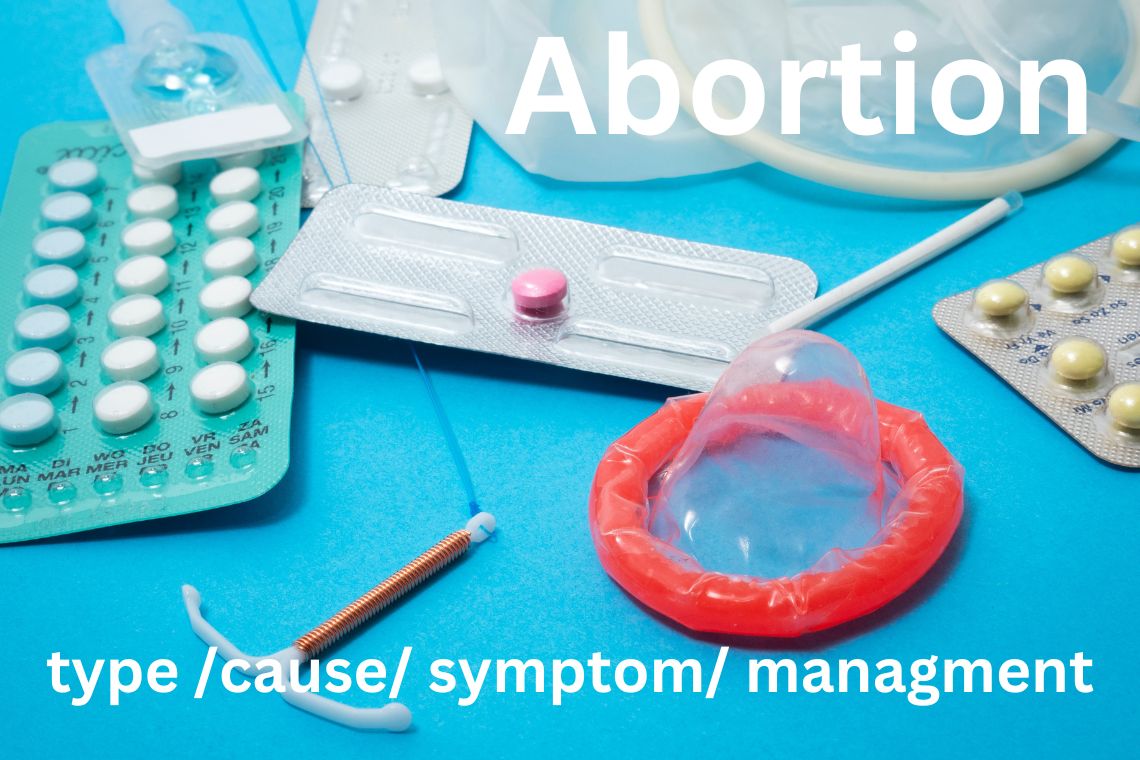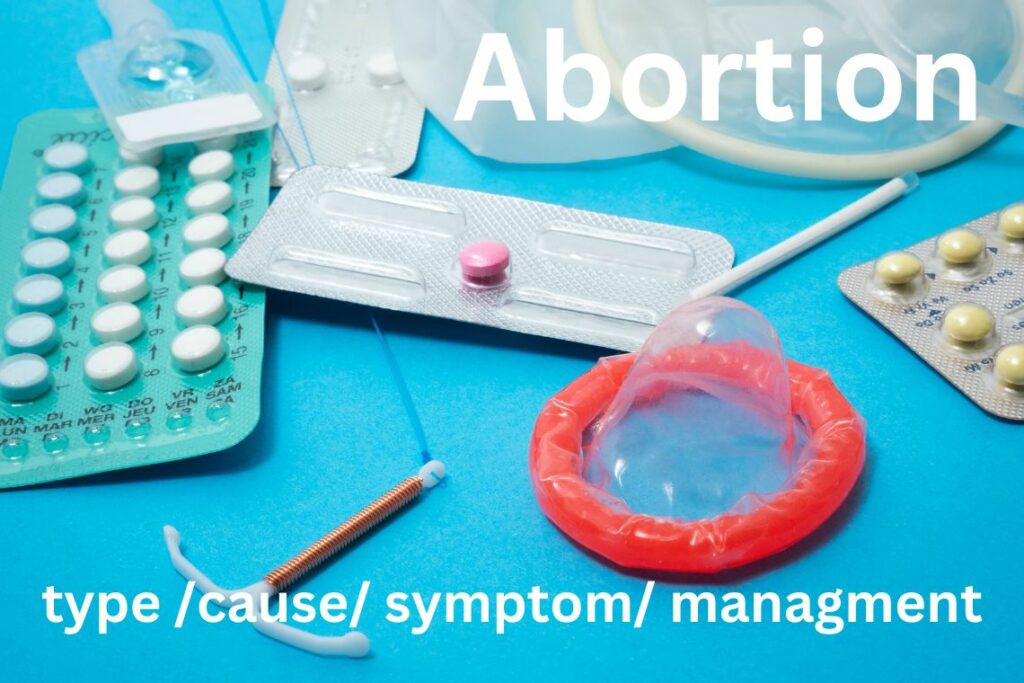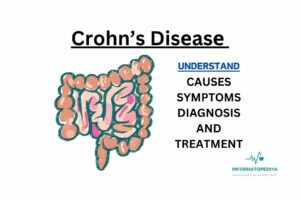
Table of Contents
Comprehensive Guide to Abortion: Types, Causes, Symptoms, Diagnosis, Treatment, and Conclusion
Abortion is a medical procedure that is designed to terminate a pregnancy. It is a sensitive topic that has been debated for many years, and it continues to raise a lot of controversy and discussion around the world. In this article, we will provide you with a comprehensive guide to abortion, covering its types, causes, symptoms, diagnosis, treatment, and conclusion.
Types of Abortion
There are two main types of abortion: medical and surgical. Medical abortion involves taking medication to terminate the pregnancy, while surgical abortion involves a procedure to remove the fetus from the uterus.
Medical Abortion: This type of abortion can be done up to 10 weeks of pregnancy. The medication used in medical abortion works by blocking the hormone progesterone, which is essential for maintaining pregnancy. This leads to the breakdown of the lining of the uterus, softening of the cervix, and expulsion of the pregnancy tissue.
Surgical Abortion: This type of abortion can be done up to 24 weeks of pregnancy, depending on the laws and regulations of the country. There are different surgical methods, including suction aspiration, dilation and curettage (D&C), dilation and evacuation (D&E), and induction abortion.
Causes of Abortion
There are different reasons why a woman may choose to have an abortion. Some of the common causes of abortion include medical, socioeconomic, and personal reasons.
Medical Reasons: A woman may have an abortion if the pregnancy poses a risk to her health or life. It may also be necessary if the fetus has a severe medical condition that is not compatible with life.
Socioeconomic Reasons: A woman may choose to have an abortion if she is not financially or emotionally ready to have a child. It may also be necessary if she is a victim of rape or incest.
Personal Reasons: A woman may choose to have an abortion for personal reasons, such as not being ready for a child, not wanting to have a child, or not being in a stable relationship.

Symptoms of Abortion
The symptoms of an abortion may vary depending on the type of abortion:
Medical Abortion: The symptoms of a medical abortion may include cramping, bleeding, and passing clots and tissue from the vagina. The bleeding may last for several days to two weeks.
Surgical Abortion: The symptoms of a surgical abortion may include cramping, bleeding, and passing clots and tissue from the vagina. The bleeding may last for several days to two weeks.
Diagnosis of Abortion
The diagnosis of pregnancy is usually made by a pregnancy test or ultrasound. A woman may choose to have an abortion after consulting with a healthcare provider and discussing the options available.
Treatment for Abortion
The treatment for an abortion depends on the type of abortion:
Medical Abortion: The treatment for a medical abortion involves taking medication to terminate the pregnancy. The medication may be taken at home or at a healthcare provider’s office.
Surgical Abortion: The treatment for a surgical abortion involves a surgical procedure to remove the fetus from the uterus. The procedure is usually done at a healthcare provider’s office or clinic.
Conclusion
Abortion is a sensitive topic that raises a lot of controversy and debate. However, it is a medical procedure that may be necessary for medical, socioeconomic, or personal reasons. The symptoms of an abortion vary depending on the type of abortion, and the treatment depends on the type of abortion and the preferences of the woman. It’s essential to discuss all options with a healthcare provider and make an informed decision about the best course of action.
Read More :– click here
Read More About Women’s Health :- click here







I appreciate the consistent high standard of your writing.